The Organization for World Peace |
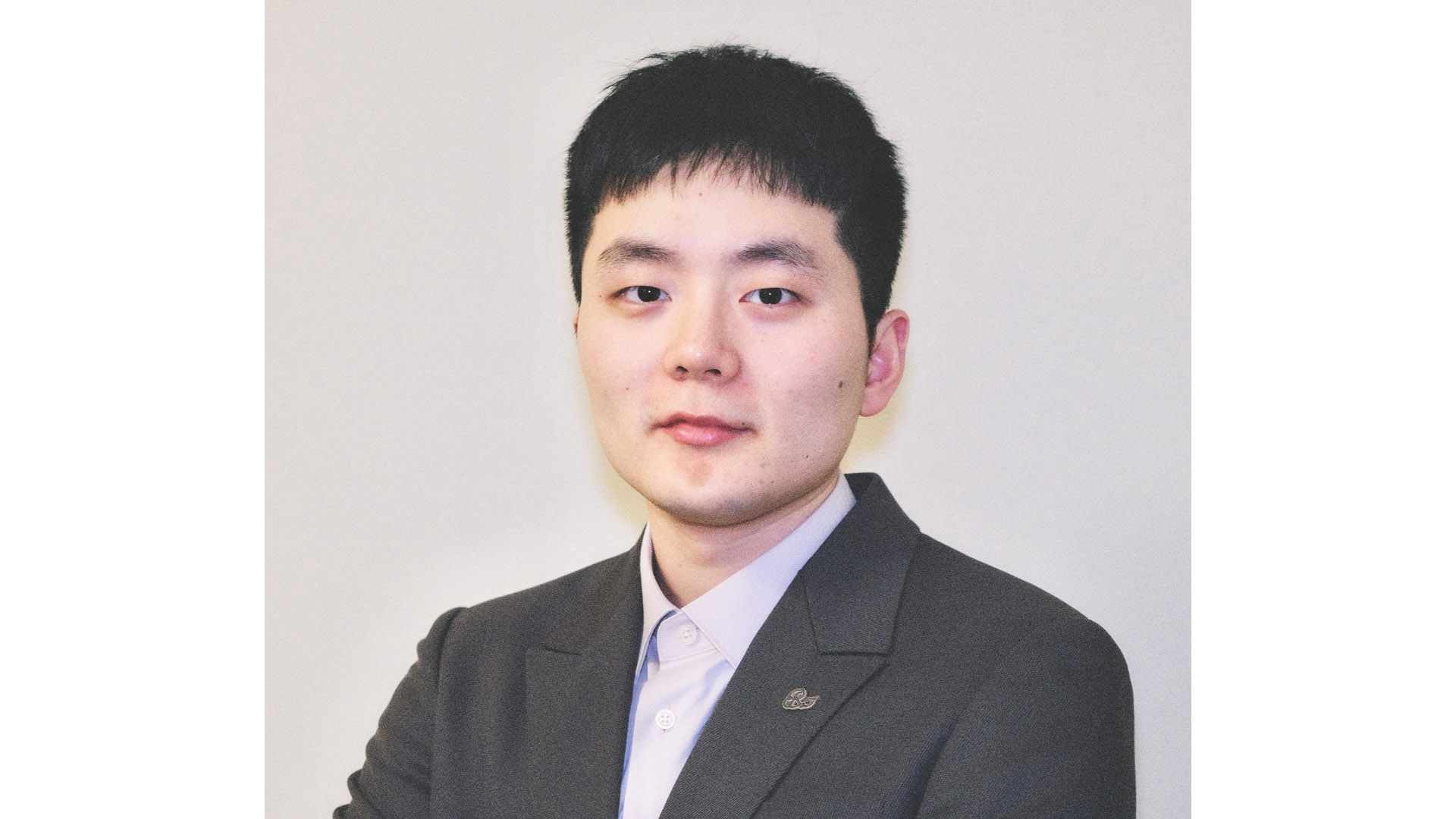
Shuoyan Xu, a CivMin PhD student supervised by Professor Eric Miller, has received the Roschlau Graduate Fellowship in Sustainable Urban Mobility.
In addition to his studies in transportation engineering, Xu works as a research scientist with the Travel Modelling Group at Mobility Network. He has presented research on ridesharing services and Mobility-as-a-Service systems at major conferences, including the Transportation Research Board and the International Association for Travel Behaviour Research.
Xu’s work has earned several honours, including the Student Paper Competition Award at the ITE Canada Conference and the FASE Graduate Award. His research advances sustainable urban mobility through the integration of deep learning techniques with transportation engineering.
About the Roschlau Graduate Fellowship in Sustainable Urban Mobility
The Roschlau Graduate Fellowship in Sustainable Urban Mobility is the first fellowship of its kind at the University of Toronto. It was established in 2023 thanks to a generous donation from Michael W. Roschlau, U of T alumnus and former President & CEO of the Canadian Urban Transit Association.
The $5,000 scholarship is aimed at full-time graduate students in architecture, business, economics, engineering, geography, planning, political science, or related fields, who are pursuing research related to sustainable urban mobility. The fellowship will be offered annually for a period of five years.
Proposed research should incorporate innovative concepts and be relevant to current public policy or practice. Potential research themes could include, but are not limited to, the following areas: Public transit expansion and investment | Public transit operations | Active transportation | Integrated urban mobility | New technology for sustainable urban mobility | Urban development and land use-transport interaction.
This story originally published by Mobility Network
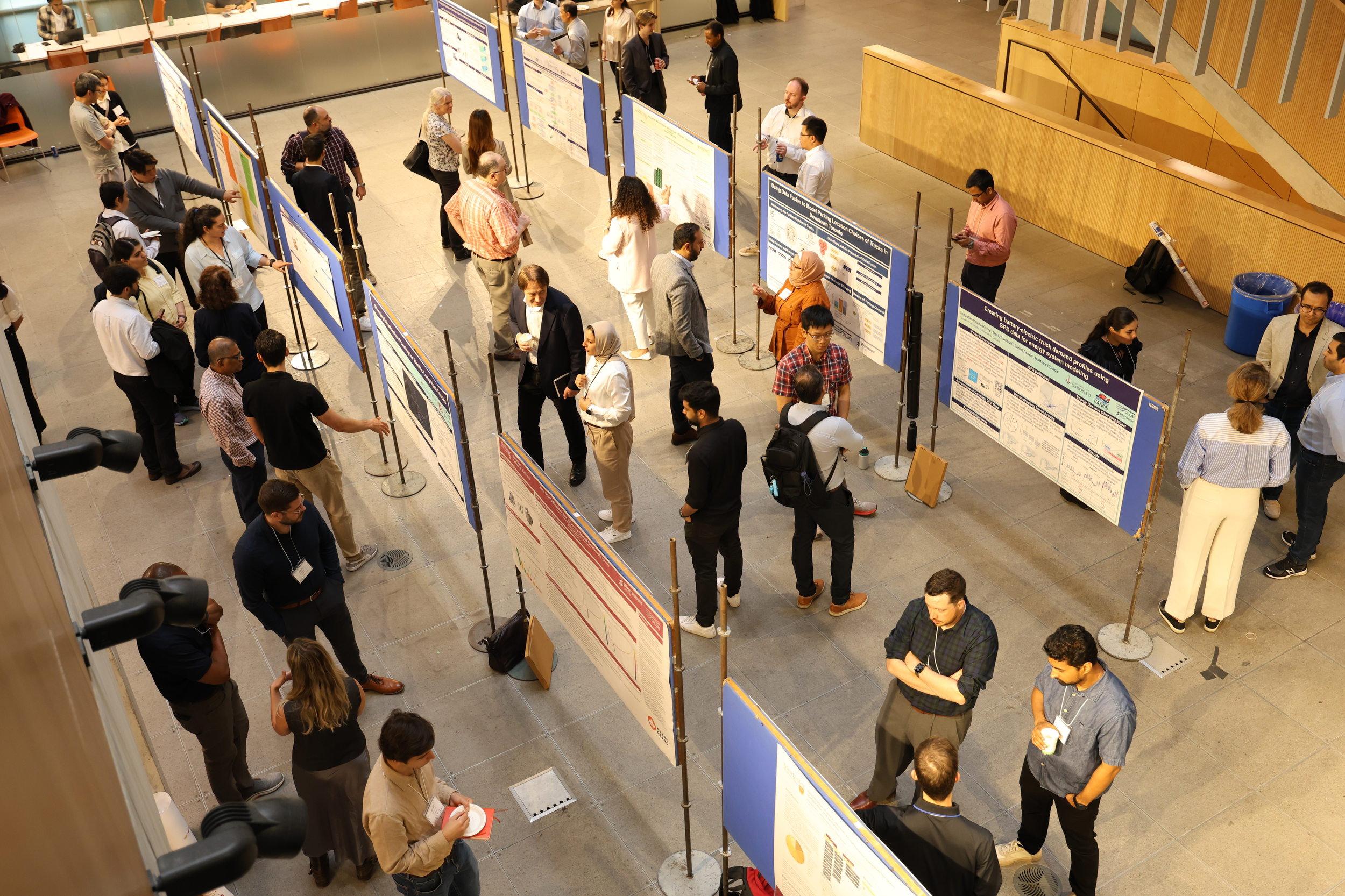
The City Logistics for the Urban Economy (CLUE) held its Fourth Annual Symposium and Poster Competition at U of T.
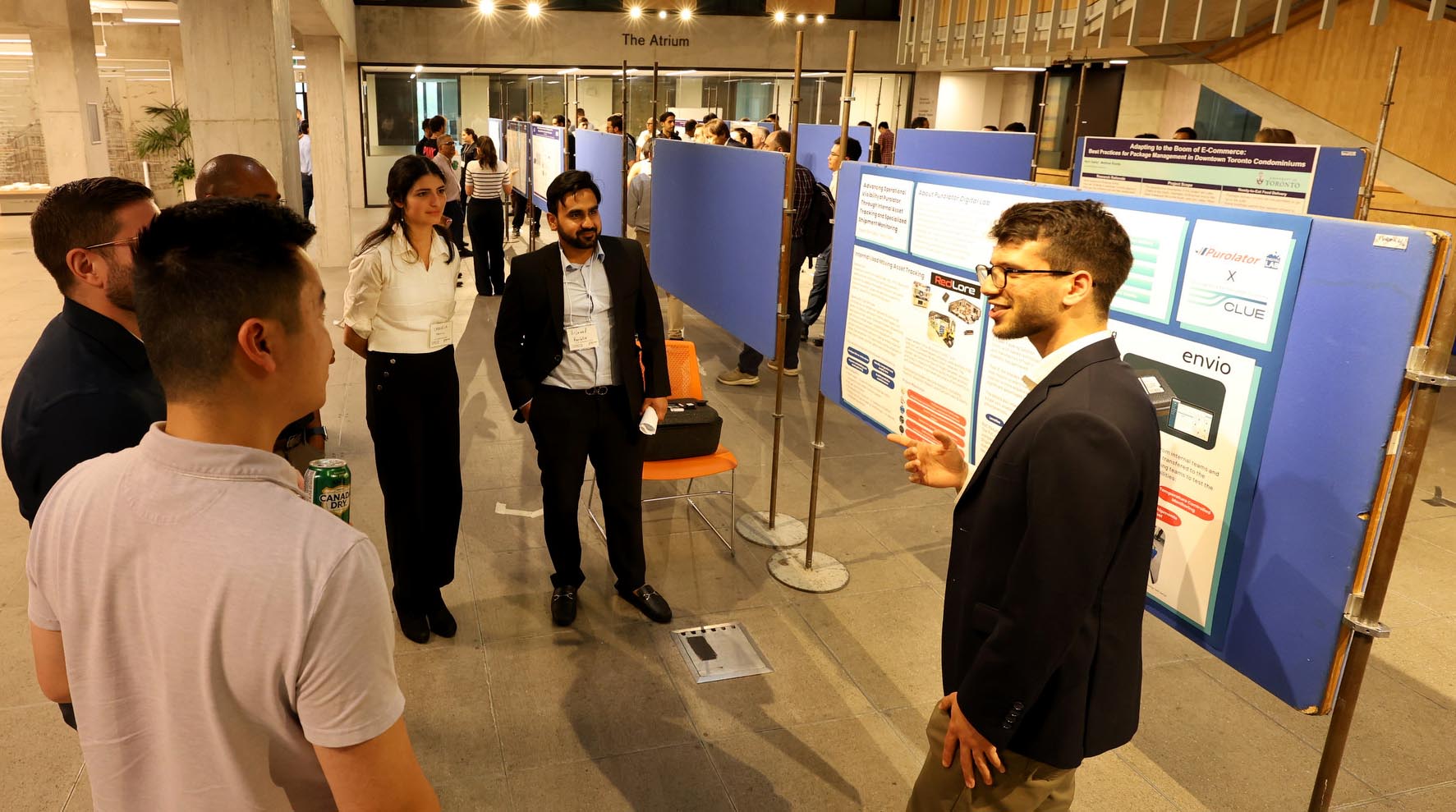
The June 18 event, hosted by CLUE’s Principal Investigator, CivMin Professor Matthew Roorda. The gathering, in partnership with the Smart Freight Centre, brought together nearly 100 attendees, including 34 researchers from five universities, to share research and foster collaboration across academia, government and industry.
The Smart Freight Centre is a collaborative initiative involving McMaster University, Toronto Metropolitan University, University of Waterloo, University of Toronto, York University and key public and private sector stakeholders across the Greater Toronto and Hamilton Area. The event featured poster presentations, discussions and networking focused on sustainable and efficient urban logistics.
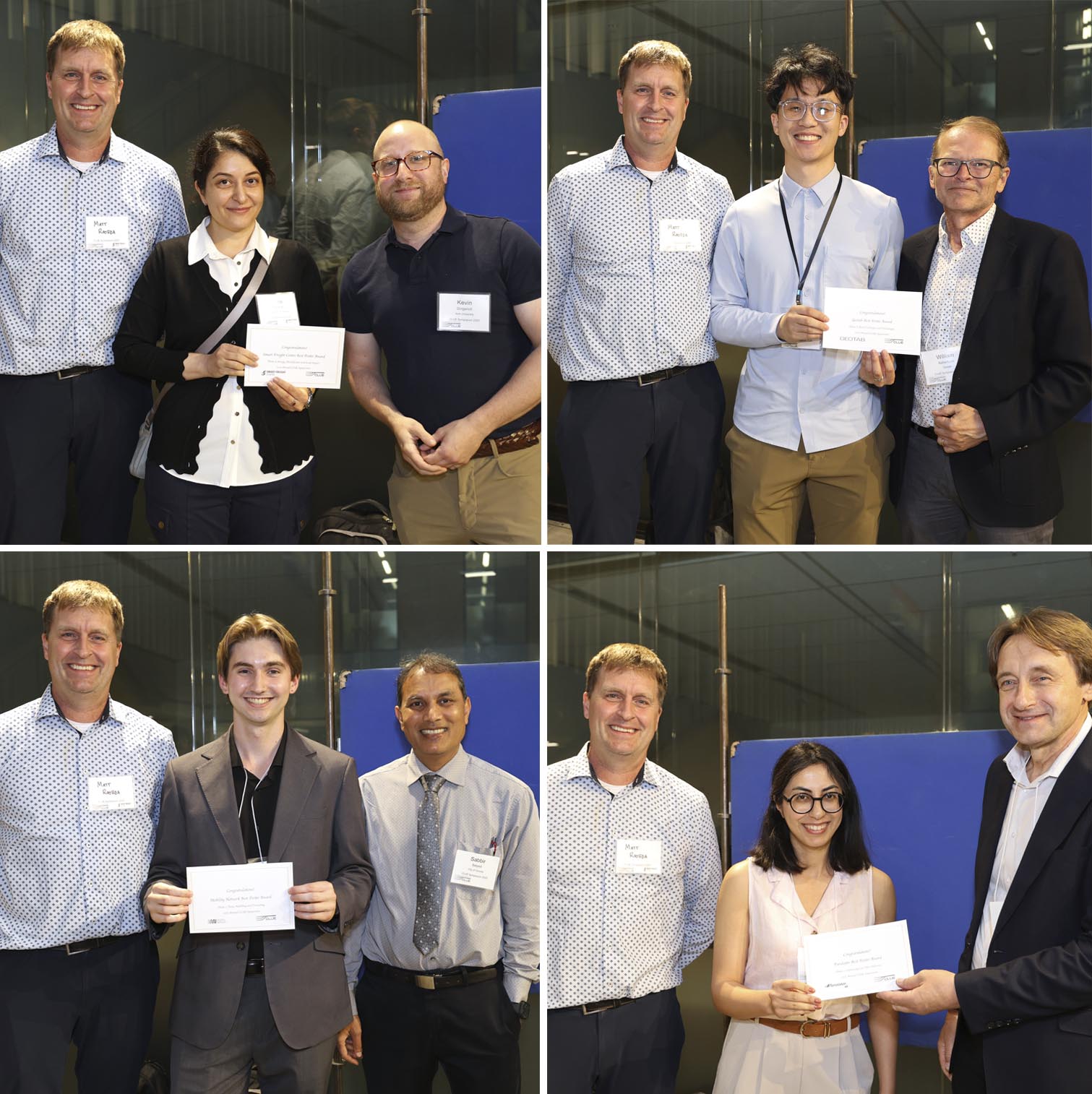
University of Toronto researchers received three of the four awards recognizing outstanding research presentations:
• The Purolator Best Poster Award in Optimizing Last-Mile Deliveries was awarded to Azin Golrizkhatami (CivMin PhD student) for “Learning to Deliver: Deep RL-Based Policy Optimization in a Simulated Food Delivery Environment.”
• The Mobility Network Best Poster Award in Data, Modelling and Forecasting went to Jacob Klimczak (Year 3 CompSci) for “Gridlock in the Dugout: Quantifying the Effects of Induced Demand by the Toronto Blue Jays.”
• The Smart Freight Centre Best Poster Award in Energy, Electrification and Forecasting was given to Sara Torbatian (CivMin PhD student) for “Implications of Off-Peak Commercial Deliveries for Air Quality and Environmental Justice.”
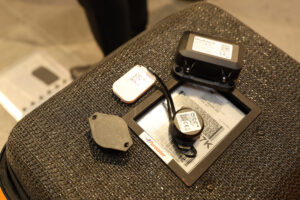
By the numbers:
- 80 attendees
- 39 posters displayed
- Five universities attending
- Three prizes for U of T researchers
- Five – the floor level of the Myhal Atrium
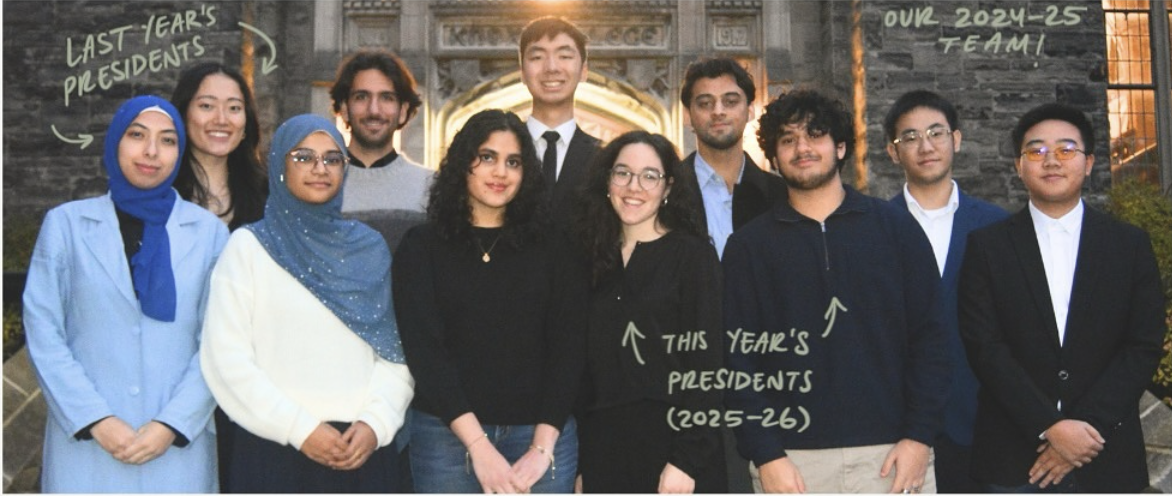
The University of Toronto’s Canadian Society for Civil Engineering (CSCE) Student Chapter (2024–2025) earned second place in the CSCE President’s Best Student Chapter competition at the Annual CSCE Conference in Winnipeg.
Led by co-presidents Hoda Eissa (CivE 2T4+PEY) and Jennifer Sunny (CivE 2T4+PEY), and advised by Professor Daman Panesar, the chapter focused on increasing visibility, organizing professional and social events, engaging the civil engineering community, and growing membership.
“Under the strong leadership of the co-presidents and executive team, the chapter set out specific and important goals for their success,” said Panesar. “Congratulations to the team for a very fruitful and successful year.”
The U of T CSCE Student Chapter supports the professional development of civil engineering students through programs, workshops and networking opportunities.

The third annual iCity 2.0 Research Day brought together thirty-eight faculty members, students, postdocs and public and private sector partners on June 20, 2025, at the University of Toronto’s Galbraith Building.
Researchers from U of T Engineering, the Daniels Faculty of Architecture, the Department of Human Geography, and OCAD University gathered to share insights and showcase cutting-edge urban mobility research. The event featured presentations from iCity 2.0 theme leaders and their teams, highlighting work in emerging mobility technologies, building complete communities, and integrated mobility networks.
Funded by the Ontario Research Fund – Research Excellence program, the iCity Urban Data Science for Future Mobility project is led by co-principal investigators CivMin’s Professor Eric Miller and Dr. Sara Diamond, President Emerita of OCAD University, along with theme leaders CivMin’s Professor Amer Shalaby and Professor Steve Farber from the Department of Human Geography, University of Toronto Scarborough, and nine other faculty co-investigators from U of T and OCAD U.
Partners in attendance included the City of Toronto, York Region, Esri Canada and Hatch.
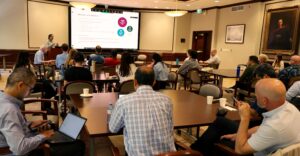
Sana Riaz (PhD student) presents at the iCity20.0 Research Day hosted by Professor Eric Miller of the Department of Civil & Mineral Engineering at the University of Toronto in Toronto on Friday, June 20, 2025. (Photo by Phill Snel / CivMin, University of Toronto)
Remi Network | June 23, 2025
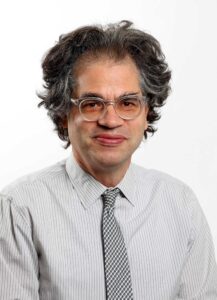
CivMin Professor Jeffrey Siegel (cross-appointed with the DLSPH) has been recognized by the American Society of Heating, Refrigeration and Air-Conditioning Engineers (ASHRAE) with the Donald Bahnfleth Environmental Health Award for his volunteer service focused on environmental health. Siegel’s expertise with indoor air quality (IAQ) has made him a go-to media expert for topics ranging from Covid to wildfire smoke. He is one of 10 Canadian winners of 2025 ASHRAE awards which were bestowed at the society’s annual conference June 22.
The citation reads:
Jeffrey Siegel, an ASHRAE Fellow and Professor in the University of Toronto’s Department of Civil & Mineral Engineering, received the Donald Bahnfleth Environmental Health Award. Named in honour of a former ASHRAE Society president, the award recognizes excellence in volunteer service focused on environmental health.

Tyler Hu (CivE 2T4, CivMin MASc student) was awarded the inaugural John Morrall Innovation in Transportation Scholarship by the Institute of Transportation Engineers Canada (ITE Canada) at the recent ITE Canada 2025 conference in Halifax.

Hu was the only student, and the youngest presenter, to deliver a full solo presentation at the conference, as well as the only award recipient and session speaker from the University of Toronto. He is a member of the University of Toronto Student Chapter of the Institute of Transportation Engineers (UT-ITE).
Hu expresses, “It’s a privilege to represent the Department of Civil and Mineral Engineering and the UT-ITE student chapter at the University of Toronto at this conference. I feel incredibly blessed and look forward to carrying this passion for applied learning forward to contribute to a more sustainable future for all.”
“It’s a privilege to represent the Department of Civil
and Mineral Engineering and the UT-ITE student chapter”
In addition to this academic work, Hu also led applied research on integrating micromobility into municipal transportation master plans. A recent study he presented at ITE Canada 2025, titled “Exploring E-Scooter Integration and Mode Shifts through Agent-Based Modelling for Urban Planning,” was a collaboration between the Department of Civil & Mineral Engineering at the University of Toronto and the Town of Oakville. It evolved from his undergraduate work, “Integrating Micromobility in the Transportation System in Mid-Sized North American Cities.”

“I am deeply honoured to receive this award as its inaugural recipient. I’m grateful for the generous donation by Dr. John Morrall and the Institute of Transportation Engineers that made this possible. I also want to thank my family, mentors, friends, and local churches for their unwavering support throughout my journey. In particular, I’m thankful to my supervisor, Professor Khandker Nurul Habib, my former manager Eric Chan, and all the faculty members and colleagues who have shared their knowledge and created an environment that pushed me to grow. Their guidance helped me see the depth and beauty of the engineering discipline,” says Hu.
“My interest in transportation engineering began through lived experience. Growing up in the suburbs of Metro Vancouver without access to a car, I often spent hours commuting to school, events, and volunteer commitments by transit—waiting in the rain, transferring between infrequent routes, and walking long distances along arterial corridors. These challenges sparked a strong motivation to contribute to transportation systems that are more efficient, inclusive, and responsive to real-world needs,” says Hu explaining his motivation.
John Morrall Innovation in Transportation Scholarship
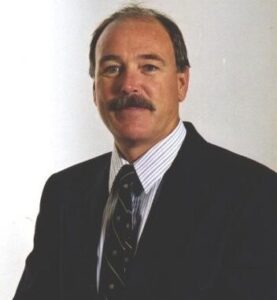
This award is presented by the former Centre for Transportation Engineering and Planning (CTEP). CTEP was founded in 2000, by Dr. John Morrall and Harvey Olsen, as a Canadian Centre of Excellence to facilitate the growth and enhancement of transportation knowledge through education and research. CTEP was a joint effort of the private sector, universities, and government to fill a void that was left from the government taking a step back from in-house research and development on land-based transportation, and to also continue technology transfer aimed at transportation engineering and planning through organization of courses. Originally funded by Alberta Transportation alongside various municipalities, post-secondary institutions, and transportation engineering consultants, CTEP funded or co-funded 41 research projects and delivered over 100 courses over the last 25 years.
In honour of his contribution to the transportation industry and as a founding member of CTEP, the scholarship is named after Dr. John Morrall. Dr. Morrall is a Professor Emeritus of Civil Engineering at the University of Calgary and has had an illustrious career in transportation and road safety. He has been responsible for over 350 road safety audits in five Canadian provinces in addition to conducting many operational reviews and safety assessments for existing urban streets, bicycle facilities, rural highways, railway crossings and work zones. John has also shared his extensive experience and knowledge by delivering road safety audit courses and workshops.
About the award
The transportation planning and engineering industry has been rooted in innovation over the past 100+ years. Post-graduate research into new and evolving technologies, methodologies, and applications will continue to drive a successful transportation sector.
The purpose of this scholarship is to encourage students to pursue research projects in transportation planning and engineering. Students should be focused on research towards innovation in the transportation industry.
This award is adjudicated based on the submission of a 500-word abstract of how their research will contribute to the body of knowledge in the transportation industry. In addition, to be eligible for the $2,000 award, candidates must meet the following requirements:
- be registered as a full-time student in a transportation Masters or Doctorate-level program at a Canadian university
- be in their first 18 months of a thesis-based program
- be a member of ITE
- be a Canadian citizen or Permanent Resident of Canada
Nature Communications | June 19, 2025
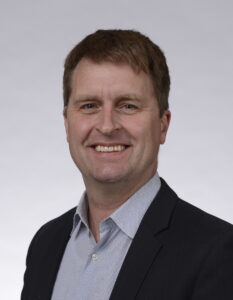
(Photo by Rick Chard for the Department of Civil & Mineral Engineering, University of Toronto)
CivMin’s Professor Matthew Roorda has been honoured with the JJ Berry Smith Doctoral Supervision Award as part of the School of Graduate Studies’ Supervision Awards, which recognize excellence in supervision over a minimum 15-year period.
This particular recognition is one of two distinctions allotted for the entire U of T faculty community among the four SGS recognitions at U of T.
“There is nothing more rewarding to me than to work with such talented, enthusiastic and overall awesome graduate students!”
~ Professor Matthew Roorda
Roorda casts the attention towards his students, “All I can say is “hats off” to all of the graduate students who have come through this research program. There is nothing more rewarding to me than to work with such talented, enthusiastic and overall awesome graduate students!”
“The annual supervision awards give us an opportunity to celebrate the essential role of supervisors at the University of Toronto. By awarding both early-career and long-time faculty members, we recognize the importance of graduate supervision throughout an academic’s career,” says Joshua Barker, dean of the School of Graduate Studies and vice-provost, graduate research and education. “I am delighted to congratulate this year’s winners and to thank them for their dedication and support of graduate students at U of T.”
Every year, the School of Graduate Studies’ Supervision Awards aim to recognize the tremendous thought and effort that go into graduate supervision and mentorship.
Two JJ Berry Smith Doctoral Supervision Awards and two SGS Early Career Supervision Awards are offered annually to successful nominees: one of each award in the Humanities/Social Sciences and in the Physical/Life Sciences.
The SGS Graduate Student Supervision Awards honour active faculty members who, over a minimum of a 15-year period (JJ Berry Smith Doctoral Supervision Award) or up to six years (SGS Early Career Supervision Award), have demonstrated excellence in supervision at the University of Toronto by:
- inspiring and guiding students to reach excellence in scholarship, fostering a strong sense of academic integrity;
- providing an environment that is supportive with particular attention to mental health and work life balance;
- enabling students to learn the essential methodologies, concepts and cultures of their discipline;
- introducing students to the wider content of the discipline and relevant communities of scholars;
- promoting student participation in professional development and activities that position them for future careers both within and outside academia; and
- leading a research environment that is committed to equity, diversity, and inclusion.
The award winners:
JJ Berry Smith Award for Doctoral Supervision
- Professor Matthew J. Roorda, Department of Civil & Mineral Engineering, Faculty of Applied Science and Engineering
- Distinguished Professor Steven Bernstein, Chair of the Department of Political Science, U of T Mississauga, and Co-Director of the Environmental Governance Lab (Department of Political Science and School of the Environment), Faculty of Arts & Science
Early Career Supervision Award
- Assistant Professor Claire Battershill, Faculty of Information and Department of English, Faculty of Arts & Science
- Assistant Professor Amaya Perez-Brumer, Division of Social and Behavioural Health Sciences, Dalla Lana School of Public Health
Honorable Mention Award
- Assistant Professor Anastasia Kuzminykh, Faculty of Information
Read more about the 2025 SGS Supervision Award winners on SGS News & Celebrates.